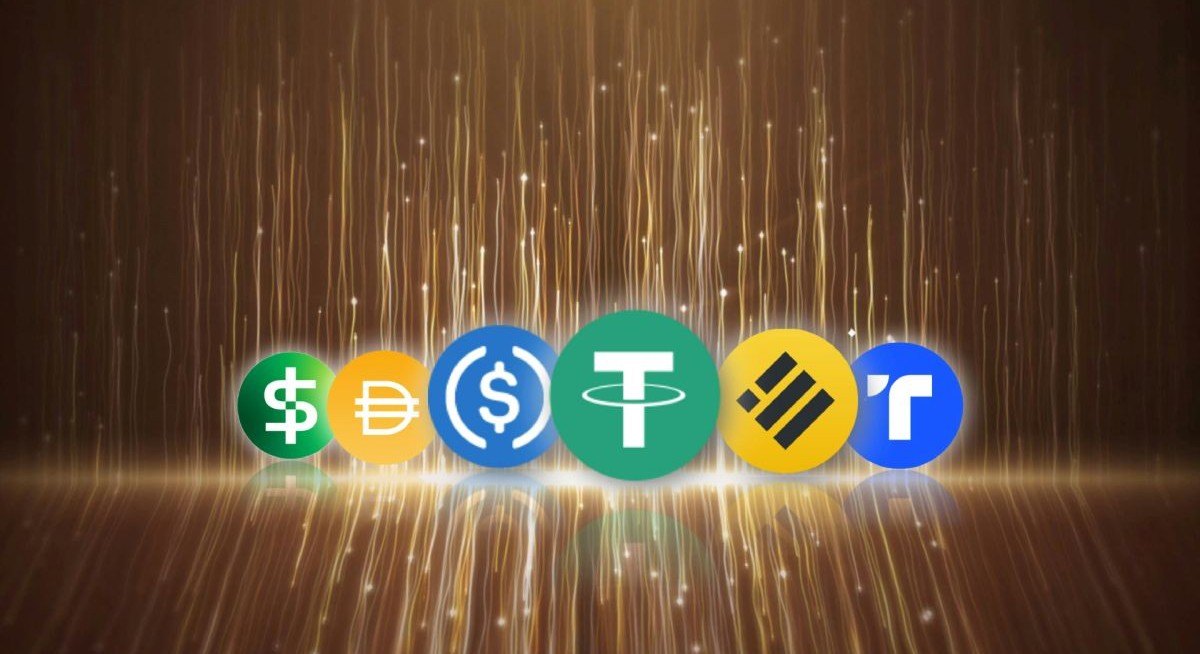Yet, as with any emerging technology, stablecoins require thoughtful regulatory oversight to ensure their near-term utility and long-term sustainability. With the incoming US President expected to lend greater political and regulatory support for cryptoassets, it is clear that the window of opportunity is now. Jurisdictions able to strike this balance early will not only mitigate any potential risks, but also gain an important edge in the increasingly competitive – and intrinsically global – digital asset economy.
Solving real-world financial challenges
Traditional cross-border payments are riddled with inefficiencies including high costs, slow processing times, and layers of intermediaries. According to the World Bank, the global average cost for sending remittances stood at 6.35% in early 2024, with certain corridors seeing costs as high as 20%. By enabling direct transactions between the sender and receiver, stablecoins eliminate many intermediaries, delivering faster and more cost-effective payments.
This utility is driving significant collaborations across the financial ecosystem. In Singapore, DBS Group Holdings partnered with Paxos Trust for stablecoin custody and cash management services, while StraitsX has collaborated with Ant International and Grab to streamline tourist payments. In Hong Kong, Standard Chartered, Animoca Brands, and HKT joined forces to participate in the Hong Kong Monetary Authority’s (HKMA) stablecoin issuer sandbox.
See also: Bitcoin traders see signs of sell-off easing as token steadies
Stablecoins also serve as a gateway to decentralised finance (DeFi), enhancing interoperability with traditional markets and fiat currencies. With real-world asset tokenisation projected to reach up to US$16 trillion by 2030—10% of global GDP—stablecoins stand as the most viable settlement solution available today. Ripple’s forthcoming RLUSD stablecoin will be utilised for institutional and DeFi use cases as well as in cross-border payments.
Navigating the risks
As with any innovation, stablecoins present risks alongside opportunities. A lack of regulatory clarity, particularly regarding reserve backing, could undermine trust. Transparency is essential to ensure that stablecoins maintain their value and integrity, with reserves adequately backed by assets such as cash or cash equivalents.
See also: Crypto crash is eroding wealth for Trump’s family and followers
Another challenge is depegging, which is when a stablecoin loses its value to a fiat currency such as the USD. This can occur due to market volatility or issues with the mechanisms that maintain the peg. For example, Circle's USDC temporarily depegged after US$3.3 billion in reserves held in the Silicon Valley Bank became inaccessible, leading to widespread market fluctuations. When a stablecoin’s peg falters, its utility for both transactional purposes and a long-term store of value drops significantly.
A recent white paper authored by the Blockchain Association of Singapore, StraitsX and Ripple highlighted that regulations for stablecoins are still evolving. As global financial institutions and regulators explore the wide-ranging applications of stablecoins, the need for international standards that balance innovation with market and consumer protection becomes ever more critical. Without a strong concerted effort from regulators and the wider industry to build robust frameworks now, legislative gaps and cross-border challenges could undermine stablecoins’ potential to positively disrupt the global financial system.
Apac's leadership in stablecoin regulation
As the paper also demonstrates, jurisdictions in the region like Singapore and Hong Kong are setting global benchmarks for clarity and transparency in stablecoin regulation. The Monetary Authority of Singapore finalised its proposed Single Currency Stablecoin (SCS) guidelines in mid-2023, which mandates 100% reserves alongside a robust licensing process for rigorous compliance. Draft legislation is expected in early-2025, paving the way for regulation.
Similarly, Hong Kong — with an eye to maintaining its role as a regional pillar for cross-border payments and trade — is pressing ahead with a suite of digital asset regulations. Following its stablecoin sandbox in March, Hong Kong’s Stablecoins Bill has now been gazetted and will be introduced to the legislative council in the coming days, enshrining new rules for compliance, capital requirements and licensing from the Hong Kong Monetary Authority.
These rules have cemented Hong Kong and Singapore as early movers, and the market has responded accordingly. The region is becoming a hub for compliant stablecoin innovation, attracting projects like StraitsX’s XSGD and XUSD, and Paxos’ GUSD.
In comparison, some jurisdictions are taking longer to establish their frameworks. While the UK, a prominent international financial centre, is expected to finalise its stablecoin guidelines by 2026, progress is underway. Similarly, the European Union, recognised for its leadership in regulation, is in the process of implementing its Markets in Crypto Assets (MiCA) framework, a complex task across 27 member states.
To stay ahead of the latest tech trends, click here for DigitalEdge Section
The path to sustainable stablecoin growth
Stablecoins hold immense promise to redefine global commerce and financial systems. Their success, however, depends on a balanced approach—one that fosters innovation while managing risks through clear and transparent regulatory frameworks. Apac’s leadership offers a blueprint for sustainable growth, paving the way for stablecoins to become a cornerstone of the global financial ecosystem.
By working together, regulators and institutions can unlock stablecoins’ transformative potential, reshaping digital finance with credibility and trust. But policymakers around the world need to move fast because as Singapore and Hong Kong have shown, the regulatory ‘race to the top’ is already underway.
Rahul Advani is the senior policy director at Ripple




